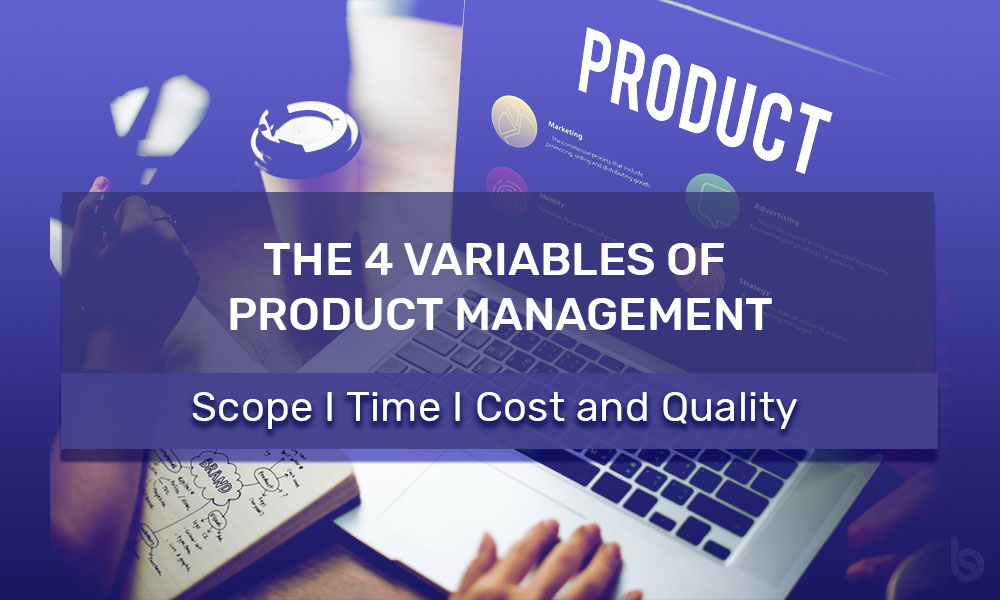On every project, there is an intrinsic relationship between Scope and the triple constraints of Time, Cost, and Quality. When all four are combined, there is a model from Extreme Programming that calls it the Four Variables.
They can also be seen as the four “whats” of a project:
1) What are you tasked with building;
2) What time frame do you have to deliver to;
3) What cost constraints are you to build within?
4) What level of quality it needs to be built to;
For us to better understand the relationship between these Four Variables, let’s start with a general review of “Scope”:
Scope:
Scope is the most valuable and predictable variable to control. Most deliveries specify much more in terms of features and external quality than are actually needed to deliver the needed outcomes. It is easier to coordinate knowing that someone will deliver at least a minimal version by a particular date, with the possibility of more, than to not know if anything will be delivered.
In very basic terms, Scope is what the project team is eventually going to produce and deliver at the end of the project. It is sometimes called “the deliverable” of the project. For example, if you’re tasked with building a house, then the product scope is the house itself. In some cases, It might include the purchase of the land the house sits on, the furnishings that will go into the house, etc.
So in general, Scope is the high-level formal definition of the “what” you’re going to deliver by the end of a project.
However, there are always some constraints when planning the delivery of the scope.
Time:
One major constraint placed on a project is Time (Schedule).
Your customer/client does not want to wait forever to have the product delivered. At a high level, the schedule defines when you will in reality be required to make the final handover of the deliverable. At a much lower level, the schedule also lays out other important dates and milestones that you might be required to hit along the way.
Cost:
Another constraint placed on a project is Cost (Budget). Your customer/client does not have infinitely deep pockets of cash to fund the project. Rather, they usually have a cost cap constraint. By the same token, they want to know upfront how much the overall effort is going to cost. More predominantly, they don’t want you to exceed this amount.
Most times, they might also not have all the money currently available.
Quality:
For me, the most important constraint to deliberate on is Quality. And Quality defines “how good” the scope must be. Sacrificing quality to accelerate delivery tends to backfire much more quickly than most people expect. “Quality” here refers to the internal quality of the product that affects our ability to continue to modify it and not the external qualities of features, etc. In real truth, maintaining and improving internal quality is more likely to increase the likelihood of delivery of Cost, Time, and Scope, than it is to decrease it.
The best way to think of these four variables is to imagine a linkage system. Scope is in the middle, and linkage bars connect to the three constraints of Quality, Time, and Cost. If the allowable cost is reduced, pressure is applied to one or more of the other three elements. So either schedule must slip, quality must be lowered, and/or scope reduced. There is no free lunch in product management. One part of the triangle can never be altered without affecting at least one of the other three.
In conclusion, although every project is somewhat different, they all have scope and constraints. Additionally, the interactions between these four variables are similar between projects, large and small. And the responsibility of a product manager is to define the four foundational components of the project (Scope + the triple constraints of Quality, Time, and Cost) at the start of the project and document them.





